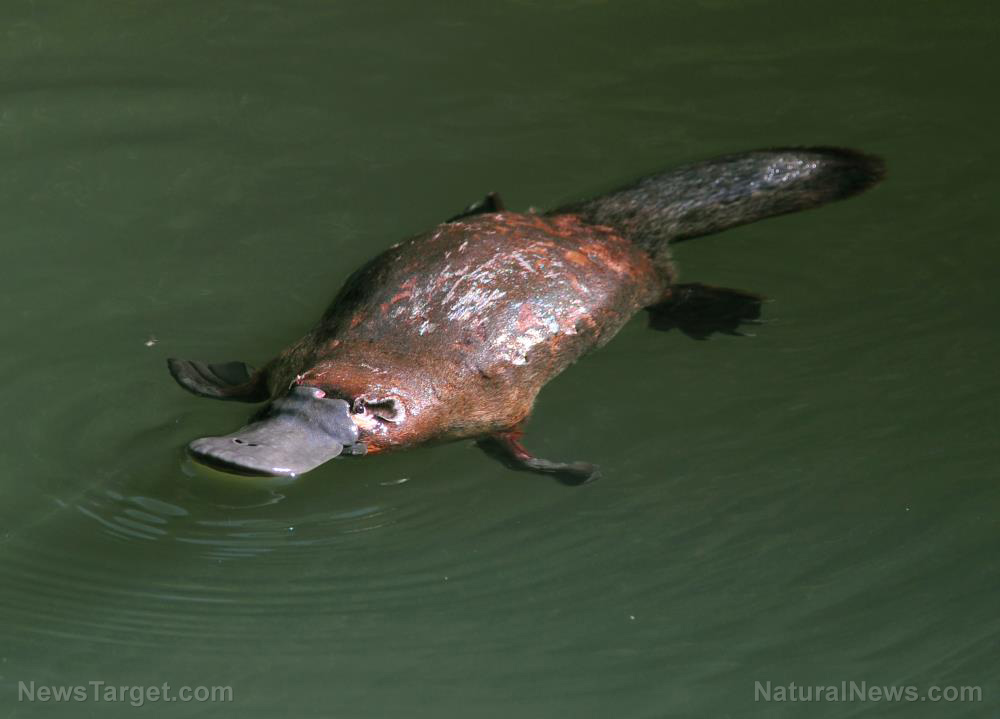Researcher suggests using bats to help people living in arid places find water sources
06/18/2018 / By Frances Bloomfield

Finding water is a constant struggle for people living in hot and dry climates. While some places are blessed with the occasional downpour of rain, others aren’t as fortunate. But according to doctoral candidate Theresa Laverty, this task can become easier if you keep your eyes and ears peeled for bats.
Having spent 18 months observing various bat species inhabiting South Africa’s northern Namib Desert, Laverty gained a good feel of the environment and how bats react to it. Writing for TheConversation.com, she explained that freshwater is extremely hard to come by in this coastal desert. The Namib Desert is nearly absolutely rainless, save for the occasional brief yet heavy thunderstorms.
Yet, over a dozen different bat species call this arid landscape home. This is unsurprising, given how bats are built. For one, they can fly, meaning they can easily cover large areas of land to seek out freshwater ponds dotting the Namib Desert. In fact, Laverty notes that bats “may visit multiple ponds in a single night.”
Then there are their wings – these thin membranes of skin lack any of form of insulation, making bats prone to dehydration. As such, bats are more likely to target ponds containing high-quality water.
“Even the most desert-adapted species need water. Water quality affects them directly when they drink and indirectly when they consume insect prey, many of which spend part of their lives growing in water,” explains Laverty. “This makes bats excellent indicators of water quality.”
Worth noting is the fact that, during her time in the Namib Desert, Laverty personally witnessed bat activity decrease around springs that had elevated levels of salt. Of course, just how much and how well bats can stomach salty water is still unknown. But previous research has shown that as surface waters become increasingly salty, bat populations dwindle. (Related: Wind turbines kill almost 1 million bats per year, because they confuse them with trees.)
Moreover, Laverty has acknowledged that the numerous bat species respond to water chemistry differently. For example, one study found that several desert-dwelling bat species in Israel’s Negev Desert preferred natural bodies of water over artificial ones. This, the researchers proposed, may be due to the bats having no tolerance for artificial or lower-quality bodies of water.
Regardless, bats may still be one of the best ways to find safe drinking water. You don’t have to see them to find them either. “To find high-quality surface waters, people could observe bat activity levels using acoustic detectors to record bats’ echolocation calls,” states Laverty. “Although mostly inaudible to humans, people can typically identify bats to the species level by their calls.”
Choosing a bat detector
- Tuneable or heterodyne bat detectors: The cheapest and most widely available bat detectors. These work by adapting bat calls into a sound that we can hear. The conversion process also enhances the little differences in the calls of different species. While easy to use, tuneable bat detectors can only be tuned in to one frequency with every use.
- Time expansion bat detectors: While these can only capture a second or so of bat calls, time expansion bat detectors produce high-quality recordings played back at a lower frequency and rate. Moreover, they’re capable of registering multiple frequencies.
- Frequency division bat detectors: Just like time expansion bat detectors, these can simultaneously detect a variety of frequencies. The catch is that frequency division bat detectors split the frequency of bat calls to make them audible to human ears. This makes it more challenging to differentiate between bat calls, but they’re less expensive than time expansion bat detectors.
If you’d like to read up on more news relating to bats, feel free to visit PetHealthDaily.com today.
Sources include:
Tagged Under: animal behavior, bats, finding water, how to find water, preppings, survival, survival and preparedness, water, water detection




















